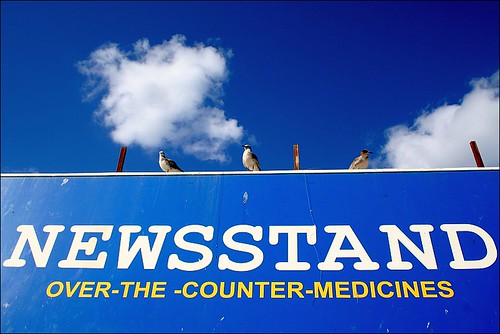One of the first things I tell people who are interested in learning more about Twitter and how to use it, is to find people on Twitter they already know of who they admire or are at the top of their industry and to start following them. I also believe you can learn a lot from the media people that are shaping the social media landscape. In that spirit, Ad Age Magazine has compiled a list of the top 25 media people to follow on twitter and they are definitely worth following.
Here’s a partial listing of Ad Age’s top 25 media people:
Nieman Lab (@NiemanLab) The Nieman Journalism Lab at Harvard — “Trying to figure out the future of news.”
Jennifer Preston (@NYT_JenPreston) just named the first social-media editor at The New York Times
Sree Sreenivasan (@sreenet) Columbia Journalism School professor and
Mark Cuban (@mcuban) – Owner of HDNet (and the Dallas Mavericks)
John Battelle (@johnbattelle) – Founder and Chairman of Federated Media
Chris Anderson (@chr1sa)- Wired Magazine editor
Jeff Lanctot (@lanctot) – Chief Strategy Officer at Razorfish
David Carr (@carr2n) – New York Times media columnist
David Berkowitz (@dberkowitz) – Emerging Media Director at 360i
Brian Lam (@blam) – Editorial Director at Gizmodo
Pete Cashmore (@mashable) – Founder/CEO of Mashable, the social-media blog
Fred Wilson (@fredwilson) – Managing Partner of Union Square Ventures
Who do you recommend that is not on the list?




